| Wednesday, February 17, 2021 | |
Session 1: Planning on Times of Economic and Climate Change |
|
| 11:00 | Introduction by SEMI |
| 11:20 | Keynote |
Drivers of Digitalisation: What is Digitalisation and Why can it Change so much? |
|
Gregor Hopf, Professor for Digital Transformation, Duale Hochschule Baden-Württemberg (State Cooperative University Baden-Württemberg) Drivers of Digitalisation: What is Digitalisation and Why can it Change so much?
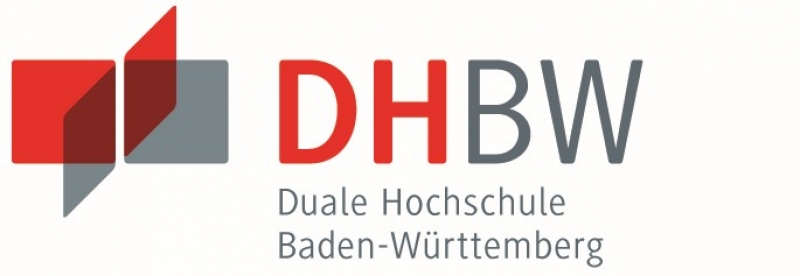 Abstract Biography |
|
| 11:40 | Keynote |
Keynote Presentation, Dr. Andreas Hölscher, Senior Vice President Corporate Product Development, Festo |
|
| 12:00 | How can a supplier help its customers fight climate change in the semiconductor industry? -The Air Liquide case- |
David Meneses, Group VP Sustainability, Air Liquide How can a supplier help its customers fight climate change in the semiconductor industry? -The Air Liquide case-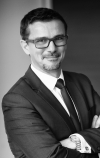
 Abstract Biography |
|
| 12:20 | Meet the Expert |
Session 2: Smart Fab Solutions for Smarter Process Tools |
|
| 12:40 | Keynote |
Smarter tools for smarter fabs - taking automation to the next level |
|
Rüdiger Dorn, Industry Lead Hightech & Semiconductors, Google Corporation Smarter tools for smarter fabs - taking automation to the next level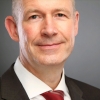
 Abstract Biography |
|
| 13:00 | AMLS Hybrid Implant Technology and Product |
George Horn, Director, Middlesex Industries SA AMLS Hybrid Implant Technology and Product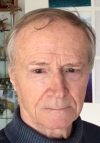
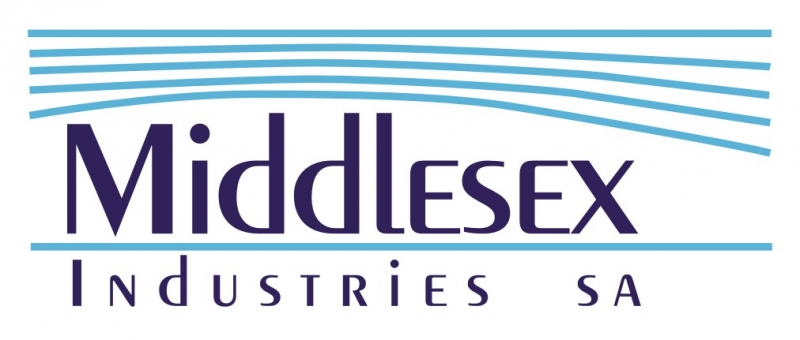 Abstract Biography |
|
| 13:20 | Cost-effective Automation for Legacy Factories |
Doug Suerich, Product Evangelist, PEER Group Cost-effective Automation for Legacy Factories
 Abstract Biography |
|
| 13:40 | Correct Material Selection and Life-Time Prediction of Elastomer Parts Using FEA Simulations |
Murat Gulcur, Material Development Manager, Trelleborg Sealing Solutions Correct Material Selection and Life-Time Prediction of Elastomer Parts Using FEA Simulations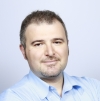
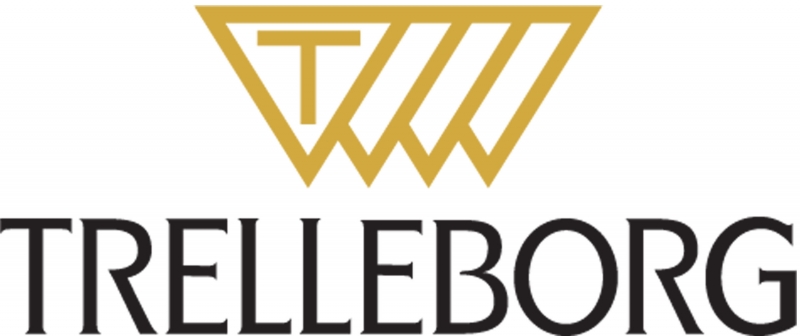 Abstract Biography |
|
| 14:00 | Meet the Expert |
Session 3: Process and Equipment Transformation |
|
| 14:20 | Robert Bosch case study |
| 14:40 | Technology and Equipment Roadmaps Enabling the More-than-Moore Wave |
Mike Rosa, Sr Director, Technical Marketing, Applied Materials Technology and Equipment Roadmaps Enabling the More-than-Moore Wave
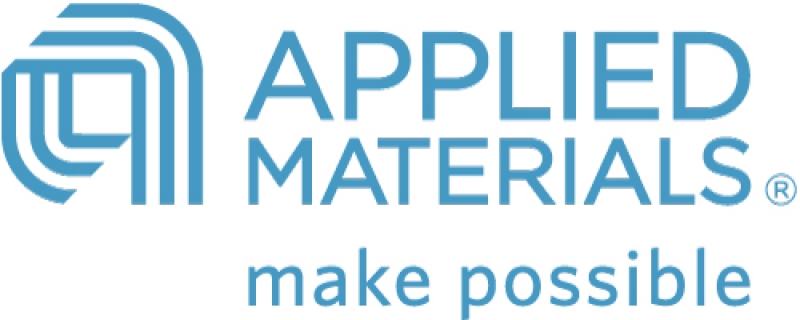 Abstract Biography |
|
| 15:00 | Evolution of Smart Manufacturing - Integrated and Collaborative Smart Systems |
John Behnke, General Manager Final Phase Systems, INFICON Evolution of Smart Manufacturing - Integrated and Collaborative Smart Systems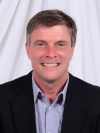
 Abstract Biography |
|
| 15:20 | Energetic Materials and Methods for Mitigating Process Exhaust Pipe Hazards, Edwards Vacuum |
| 15:40 | From Smart Manufacturing Vision to Innovative Advanced Service Solutions |
Eyal Shekel, Senior Vice President Service Strategy and Excellence, Tokyo Electron Limited From Smart Manufacturing Vision to Innovative Advanced Service Solutions
 Abstract Biography |
|
| 16:00 | Meet the Expert: Eyal Shekel, Tokyo Electron Limited |
| 16:20 | Reserved for Beneq |
Session 4: Skills in the Workforce and People in Processes Poster Session |
|
| 16:40 | Skills for the Workforce |
Andreas Schleicher, Director for Education and Skills, OECD Skills for the Workforce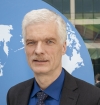
 Abstract Biography |
|
| 17:00 | Skills in the Workforce and People in Processes |
Andreas C. Zimmer, Executive Search & Selection Consultant, ZIAN & Co industrial consulting and recruitment Skills in the Workforce and People in Processes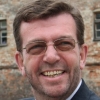
 Abstract Biography |
|